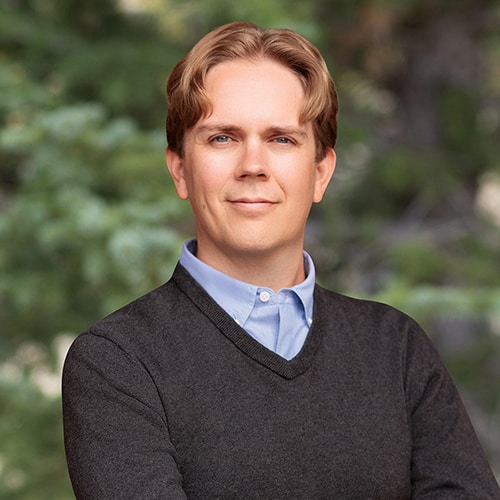Sediment Remedial Design at a Multiparty Superfund Site
By Andrew J. Halmstad, P.E., Senior Consultant
Nicole Ott, Principal, Hydrology, Geosciences, and Chemistry

OUR CHALLENGE
With the furthest downstream project area in a uniquely depositional region within a Superfund site, our client faces unique challenges beyond implementing a remedial action near its facility. When contaminant levels in upstream-sourced sediment are below cleanup levels, depositions in the downstream project area aid natural recovery by deposition over legacy impacts and there exists the opportunity to use cost-effective remedial technologies such as thin-layer capping. Conversely, when incoming sediment is contaminated at actionable concentrations, i.e., when liberated by upstream dredging, recontamination can occur. Therefore, the monitoring and modeling of incoming sediment and project sequencing are key elements of the remedial design. In addition, upland sources of contamination to the project area must be well characterized, controlled, and factored into the remedial design. Further adding to the challenge, regulatory guidance continues to evolve as the multiyear design process progresses, requiring adaptation and evolution of the remedial design and monitoring elements.
OUR APPROACH
Integral is designing a sediment remedy for a hydrodynamically unique area at the downstream-most end of Portland Harbor. Our engineers are using sediment transport modeling, data collection sequencing, careful evaluation of bathymetric changes, upland source characterization, and other data-driven evaluations to develop an adaptable cleanup action plan likely to occur after upstream dredging impacts this area.
OUR IMPACT
The sediment remediation will reduce risks to human health and the environment in the Lower Willamette River while maintaining use of industrial properties and the harbor as a working waterway. Proper sequencing of the remedial actions will prevent unnecessary costs and recontamination. Our initial design deliverables, which identify and consider previously unrecognized ongoing sources and potential sources of recontamination, have been accepted by EPA, advancing the cleanup process.


